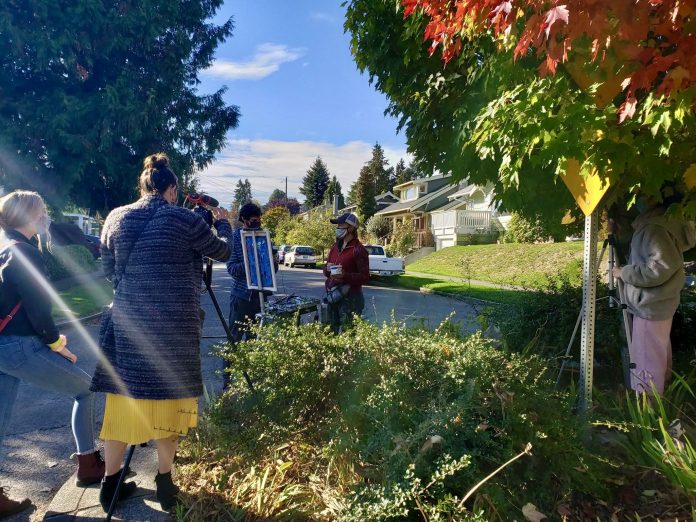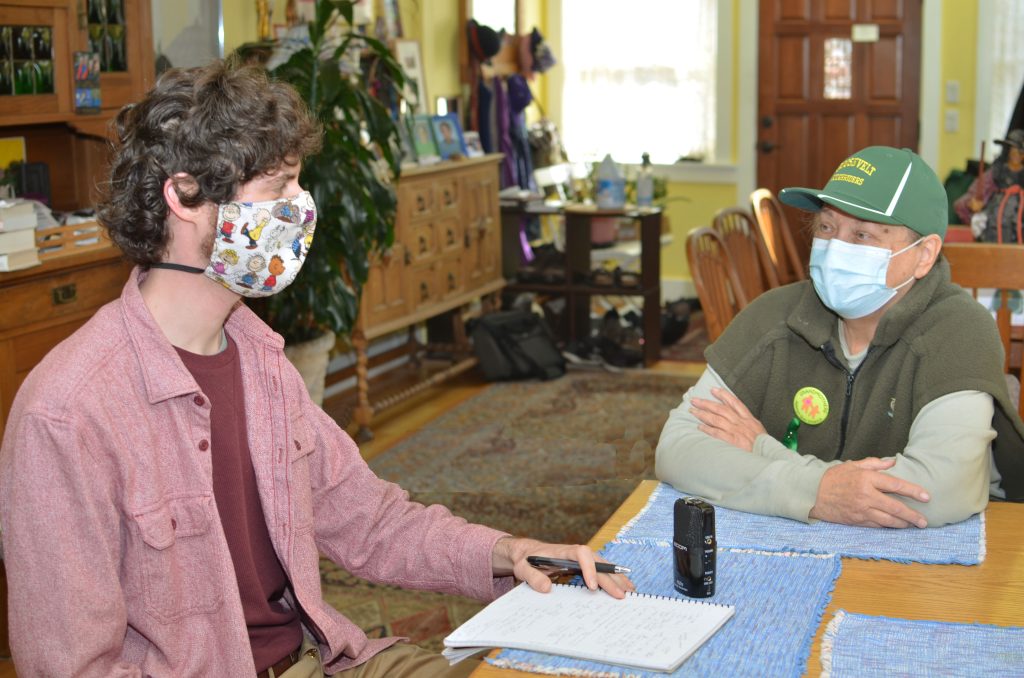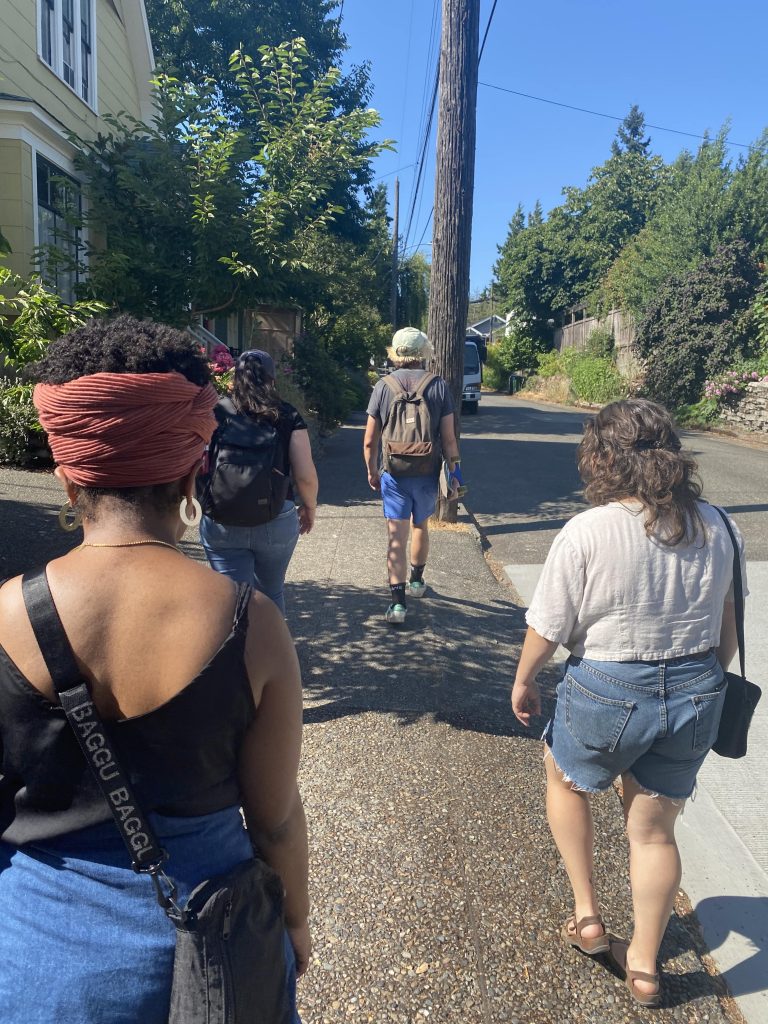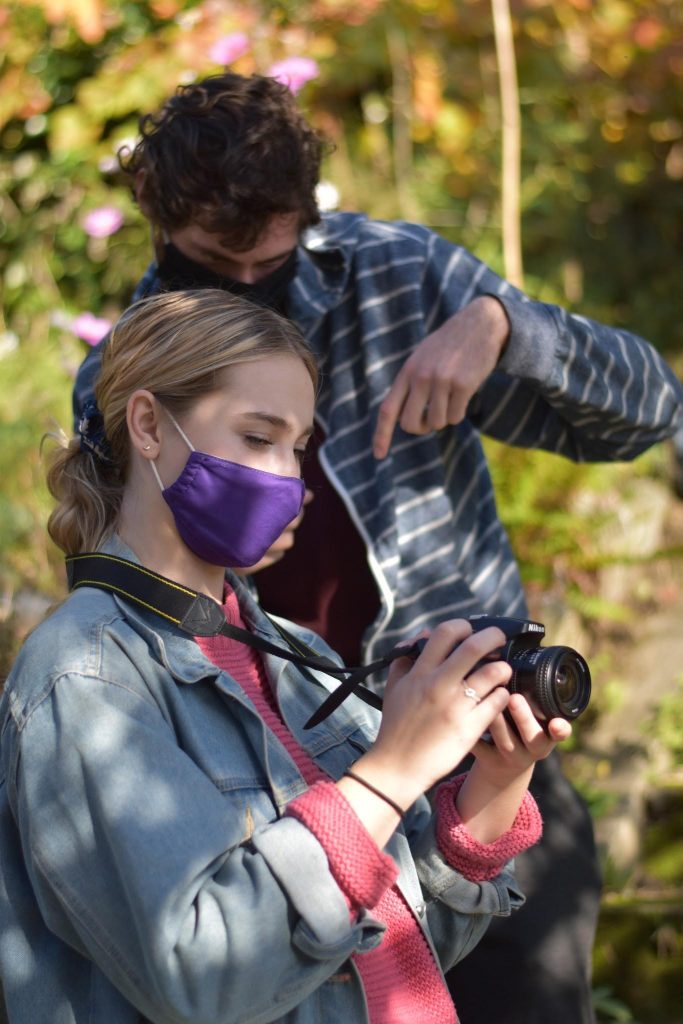
Seattle is in the midst of preparing for a major updated to its Comprehensive Plan, the document that will guide the city’s growth and development through 2035. The significance of what policies will be included in this update has spurred some Seattleites into action, and among them is Ari Hock, a Wallingford resident and PhD candidate at the University of Washington’s College of Education. Hock is facilitating an effort to develop a “living” neighborhood plan for Wallingford made up of the stories, experiences, and visions of community members, and the effort is actively recruiting participants. Not limited to Wallingford residents, anyone with an interest or experience in areas like land use, housing, ecology, and climate action is encouraged to get involved.

Over the spring and summer, Wallingford residents will lead public walking tours throughout the neighborhood where they’ll detail personal histories and experiences and outline ideas for their neighborhood’s future. The walking tours — designed to explore new methods of community dialogue and relationship-building — will be compiled into a film documentary that will premier in the fall at a local theater accompanied by a public discussion. But for would-be participants who might be a bit camera shy, Hock stressed that there are still plenty of ways to get involved.
“Sharing my experience in the community has been affirming,” said project participant Steve Bauck, who has lived in Wallingford since 1973. “Local history is so important. We need to remind ourselves where we’ve been in order to move forward.”
Hock’s PhD dissertation focuses on how communities come together to build relationships around shared visions. During the pandemic, he was inspired by how Wallingford residents stepped up to support each other by forming mutual aid networks, distributing flyers to support local businesses, and setting up a community fridge and pantry. He hopes that through the project will result in a rich and communal neighborhood story that can help people focus on collaboration versus division in neighborhood planning.
At a time of deep political polarization, when many Americans are finding it difficult to engage in meaningful civic discourse, our community project is exploring new ways to share perspectives and find common ground,” Hock said in a press release. “This is something you don’t get sitting in a meeting room or in front of a laptop.”
A neighborhood with an active commercial center and many treasured community assets like Gas Works Park and the Good Shepherd Center, Wallingford has become one of most coveted areas to live in Seattle. While small apartment buildings, duplexes, and triplexes can be found there, a preponderance of zoning for single-family homes has prevented new multifamily homes from being constructed in the neighborhood, even as Seattle continues to grow in jobs and population. This has set the stage for community debates between organizations like Welcoming Wallingford that favor zoning changes that would increase housing choices and others that oppose it.
Most recently this opposition has taken the form of Historic Wallingford, which is engaged in adding Wallingford to the National Register of Historic Places. While the group states that it aims to “celebrate the architecture and history” of Wallingford, critics fear that historic status would enshrine exclusionary zoning practices that run counter to the neighborhood’s early roots as a mixed-income community served by the streetcar.
“Wallingford began as a rapidly-developed, affordable neighborhood built around accessible public transit as a response to a population boom. Why is it that we prioritize the preservation of the architectural vestiges from that period over its origins of growth and density in response to a need?” asked third-generation Wallingford resident Molly Blank in her article, Honor Wallingford’s Streetcar History by Building Transit and Dense, Affordable Housing.
In the press release, project participant Margaret Birdsall, former president of the Wallingford Community Council, spoke of the need for people to open themselves up to dialogue. “We don’t get anywhere by staying in a bubble or yelling into an echo chamber. Step outside, share your story, and be part of the conversation.”
Reach out to the Wallingford Community Project to learn more about how to get involved.
Natalie Bicknell Argerious (she/her) is a reporter and podcast host at The Urbanist. She previously served as managing editor. A passionate urban explorer since childhood, she loves learning how to make cities more inclusive, vibrant, and environmentally resilient. You can often find her wandering around Seattle's Central District and Capitol Hill with her dogs and cat. Email her at natalie [at] theurbanist [dot] org.




